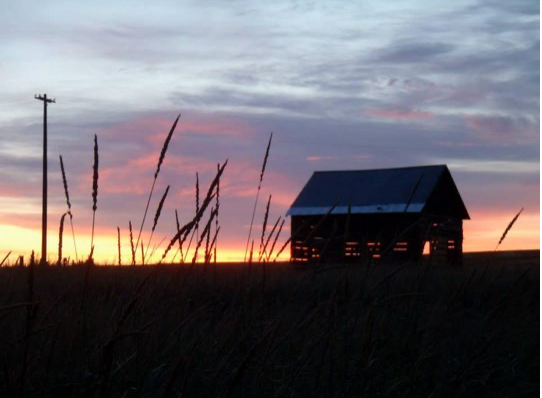Local Tribes
——————————————————————————————————–
Located in the Walla Walla Valley of Washington State, this land was traditionally used for hunting, fishing, and gathering by the Walla Walla and Cayuse Tribes. In 1855, the Confederate Tribes, consisting of the Umatilla, Cayuse, and Walla Walla, signed a treaty with the U.S. Government to cede over 6.4 million acres, including this Valley. The Confederate Tribes relocated to the Umatilla Indian Reservation while retaining their inherent rights to fish, hunt, gather, and collect medicine throughout their previous, expansive land. Over the years the land allotted to these tribes has shrunk and is now half owned by non-Indians. [1]
Historically, this land was used for the annual migration of the Cayuse and Walla Walla tribes from winter villages to other seasonal villages. They began by fishing and gathering roots in the spring, berry gathering by the summer, then fishing and hunting big game in the fall. Occasional trips were made across the Rockies to hunt for buffalo. For this purpose, a Cayuse village was located about 3 miles east of this historic site while Walla Walla villages could be found closer to the Columbia River.[2]
By the 1700’s, the introduction of horses into North America enabled a wider range of travel. With the arrival of the trappers and traders at Fort Nez Perces intermarriage with non-Indians began.
Under an agreement with the Frenchtown Historical Foundation, the Confederated Tribes of the Umatilla Indian Reservation now administers the lower portion of the Frenchtown Historic Site.
“I wonder if the ground has anything to say? I wonder if the ground is listening to what is said? . . . I hear what the ground says. It says it is the Great Spirit that placed me here. The Great Spirit tells me to take care of the Indians, to feed them aright.
Great Spirit appointed the roots to feed the Indians on. The water says the same thing. The Great Spirit directs me, Feed the Indians well. The grass says the same thing, Feed the horses and cattle.
ground says, The Great Spirit has placed me here to produce all that grows on me, tree and fruit. The same way the ground says, It was from me man was made. The Great Spirit in placing men on earth, desired them to take good care of the ground and to do each other no harm.”
-Young Chief (We-ah-Te-na-tee-ma-nay), 1855 Treaty Council
More information on the Cayuse, Walla Walla, and Umatilla can be found at www.tamastslikt.org or by visiting Tamastslikt Cultural Institute.
[1] “Treaty of 1855,” Cayuse-Umatilla-Walla Walla: Confederated Tribes of the Umatilla Indian Reservation. http://ctuir.org/treaty-1855
[2] Specifically, the Cayuse village was along the Walla Walla River and just above the Whitman Mission at Waiilatpu. The Walla Walla Villages were lower on the Walla Walla River and on the Touchet River.
